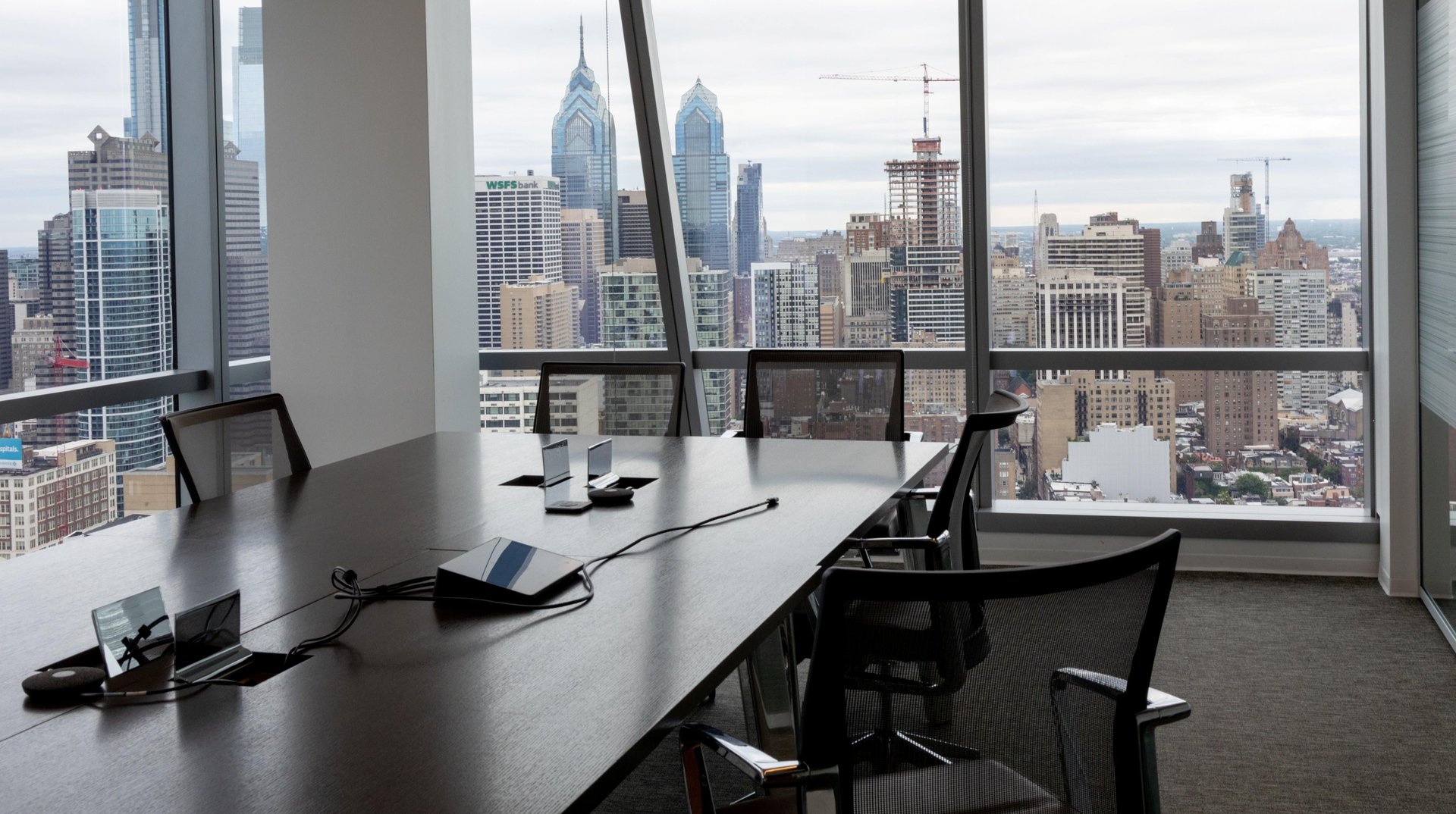Office buildings in NYC won't recover from work-from-home for 10 years
Governments should help convert unused commercial real estate into multifamily units

The US’s office buildings could take a lot longer to recover than the rest of the economy as workers continue to work from home even after the pandemic subsides.
In New York City, for example, it could take 10 years for properties to recover what they were worth in 2019, according to a study released in the National Bureau of Economic Research on Monday (Oct. 3).
The researchers, from New York and Columbia Universities, developed a pricing model that wraps in a variety of data, including remote job postings. Extrapolated to the whole country, their findings suggest US office real estate could lose 39% of its value in the long term, wiping out $453 billion.
Their analysis shows an already bleak picture. Office building occupancy rates went from 95% in February 2020, to 10% the following month. By mid-September they were still below 50%.
The study also looked at how much lease revenue dropped during roughly the same time period: by nearly 18% from January 2020 to May 2022, driven by a lack of new leases versus decreased rents. Indeed, over the past six months, the amount of newly leased office space collapsed to 59 million square feet from 253 million square feet per year before the pandemic.
How much office real estate declines in coming years will depend on the battle between employers and employees over the future of flexible work. If New York City employers push hard for a return to the office, office building valuations will be about 39% below 2019 levels in 2029, according to the study. If New Yorkers continue working from home at current rates, however, valuations would stay nearly 60% below 2019 levels even after 10 years.
“Our best guess balancing those two factors is a large decline in value, but with considerable uncertainty around the estimate,” said Arpit Gupta, a finance professor at NYU and one of the study’s co-authors.
The buildings most affected by work-from-home trends
The researchers found that newer buildings with more amenities had higher occupancy rates than older ones. Commercial tenants were more likely to demand more space and pay higher rents in these types of “A+ buildings.”
“The A+ result is something that surprised us,” Gupta said. “Seeing that it’s really the higher amenity space that appears to be holding up better, compared to the lower quality office space, it’s not something we had anticipated going into this.”
The finding suggests that companies should spruce up their office space if they want workers to return, the researchers wrote.
How can local and state governments avoid a fiscal disaster?
Local city governments are reliant on the property taxes. Letting the commercial real estate sector flail on its own could result in a “fiscal doom loop,” the researchers warned.
One idea to counter a prolonged depression is for governments to ease up on the zoning and permits required to convert commercial real estate into multifamily units.
“This kind of conversion is very appealing because it addresses both the issue of the declining value of commercial office demand, and also the pressures for affordable rents in these cities,” Gupta said. Part of the reason why rent and home prices have gone up is the work-from-home trend.
However, not many office buildings can be easily turned into apartments. For this reason, the researchers also recommend governments subsidize the conversion with public funding.